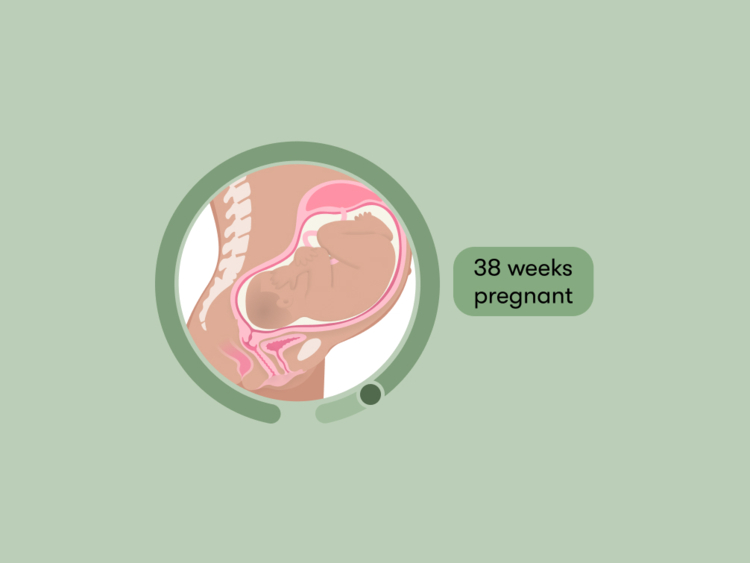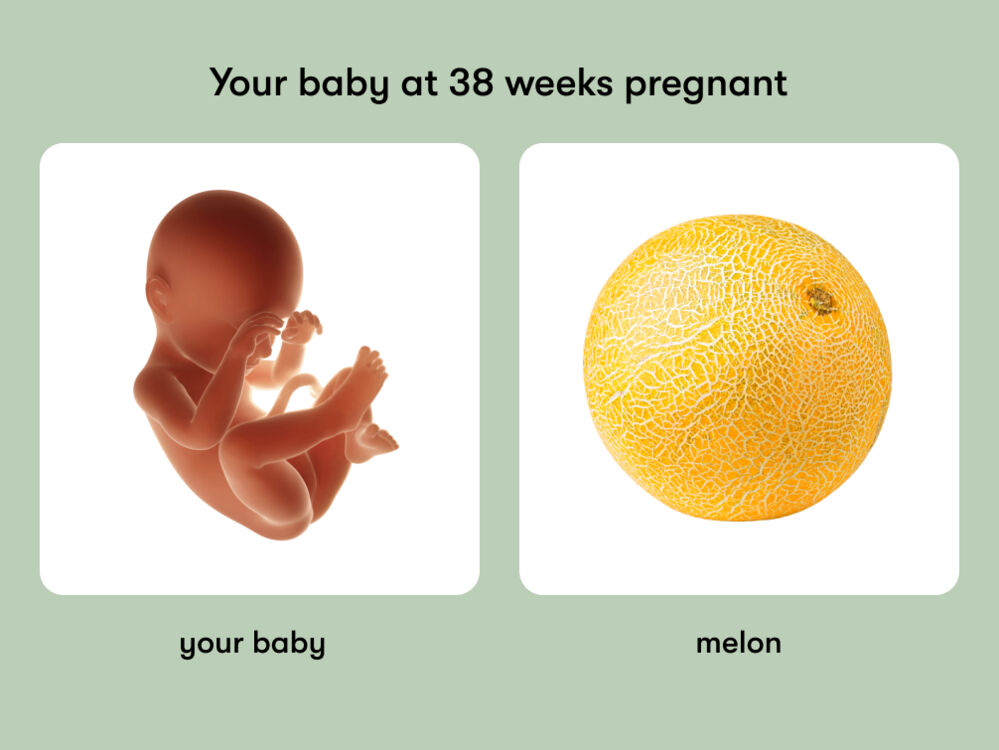At 38 weeks pregnant, you’re approaching the end of your pregnancy. This can feel incredibly exciting but also pretty nerve-racking. As your due date gets closer, it can really put into perspective that your family is going to grow, and the baby you’ve talked about throughout your pregnancy journey will finally be here.
You might find guides to labor and delivery pretty handy at this time. For some people, understanding what may be ahead can be the most comforting thing. And to help you understand what’s going on at 38 weeks pregnant, a Flo expert outlines what you might want to think about this week.
Your baby at 38 weeks pregnant
Your baby is almost ready to be born
From 37 weeks, your baby is officially early term. This means that in a few short weeks (from 39 weeks until 40 weeks and six days), they’ll be considered full term, and their due date will be here. Very few babies are actually born on their due date (as few as 5% of babies), with some arriving early and others arriving a little later. So, 38 weeks onward may start to feel like a waiting game.
At this point, your baby is continuing to put on weight, but many of their organs and systems are fully developed. Your baby’s lungs have just about fully matured, and the soft, downy hair (lanugo) that covered them in your second trimester will have nearly all gone away.
Your baby has fully formed toenails
You’ll likely have spent time in your third trimester wondering what your baby will look like. At 38 weeks, their finer details (like their eyelashes and hair) will have grown. They’ve even got fully formed toenails.
How big is a baby at 38 weeks?
Length (crown to heel): 49 cm or 19.4 in
Weight: 3.2 kg or 7.1 lb
Size: Equivalent to a melon
All measurements are approximate and vary within the normal range.



